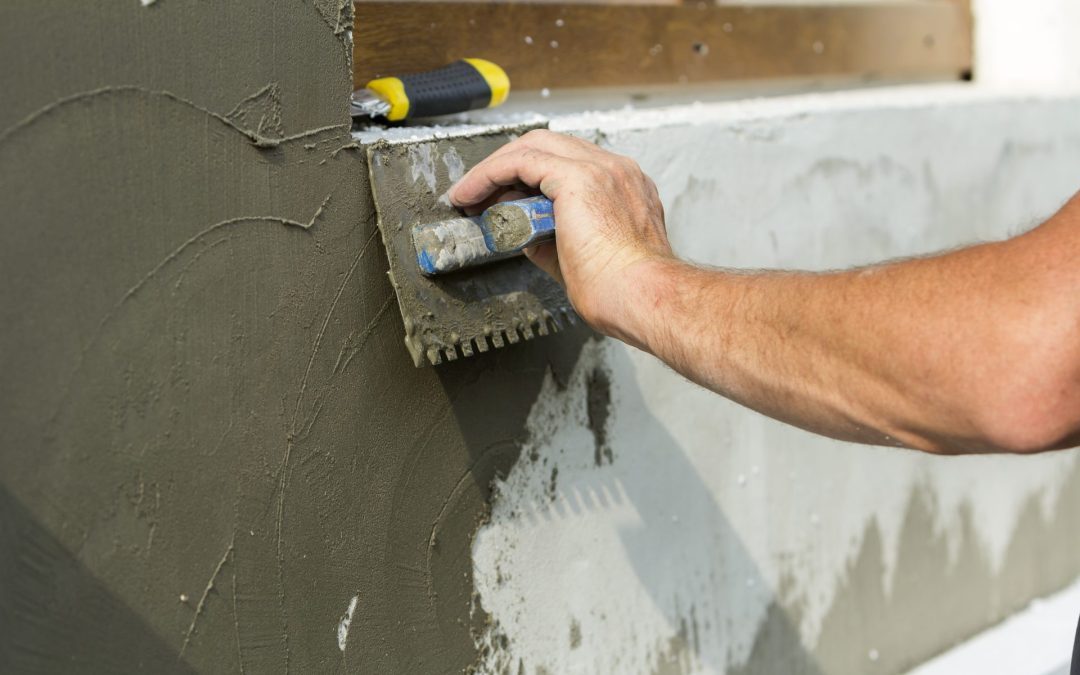A plastered finish can be a very nice addition to the appearance as well as the feel of any house. Regardless of whether you are remodelling a single room or you are undertaking an entire property re-modelling, the preparation is what makes all the difference when it comes to having long-term clean results. Many builders in Bristol and plasterers in Bristol stress the importance of this early stage. Without the right groundwork, even the best plastering job can fall short.
How to Prepare Your Home for a Smooth Plaster Finish?
Preparing the space ensures that surfaces are clean, stable, and ready to accept new material.
Clear the Space
Begin by clearing off as much furniture and decor as you can in the space. Plastering generates dust, and empty spaces are more convenient and get fewer interruptions. All the remaining ones must be completely covered with sheets or dust-proof covers.
Elimination of the curtains, blinds, and fittings of lights also contributes to the overall availability of the surface area, as well as the ability to finish the edges cleanly.
Protect Floors and Fixtures
Protective sheets or boards should be placed over the entire floor. Plaster can stain or damage most surfaces, and therefore, it is necessary to make sure that they are properly covered. Frame door covers, window sills and skirting boards to avoid accidental splashes or damage during the work.
Inspect and Repair Walls
Wall damage should be inspected before the onset of plastering. Check to see whether there are cracks, loose plaster, wet spots or mould. Such problems should be resolved in advance. Seal any vacuities or empty spaces and make the surface as flat as possible.
All ancient wallpaper and old paint, and loose stuff must be cleared away. Plastered surfaces are best with smooth ones and make adhesion more stable.
Clean and Prime the Surface
Plaster can be dusty, oily, and greasy. Washing the surface is a very easy yet important task. In other instances, a bonding agent or a primer might be required to assist the plaster to take hold of the wall.
Experienced plasterers in Bristol often recommend applying a light mist of water to dry walls before plastering. This prevents the wall from drawing too much moisture from the plaster, which can affect the finish.
Ensure Proper Ventilation and Lighting
Plastering is allowed to dry with good airflow. Where feasible, open the windows ajar and ensure that the space is ventilated. Adequate lighting is also capable of detecting the sections that are uneven and assists the workers in applying an even layer.
Experienced builders in Bristol and trusted plasterers in Bristol agree that proper groundwork is essential for lasting results. Investing time in these early steps ensures your home not only looks better but also functions better for years to come.
Cullimore Renovations brings care, precision, and experience to every project. Whether you’re updating one room or planning a full home improvement, their skilled team ensures top-quality results.
